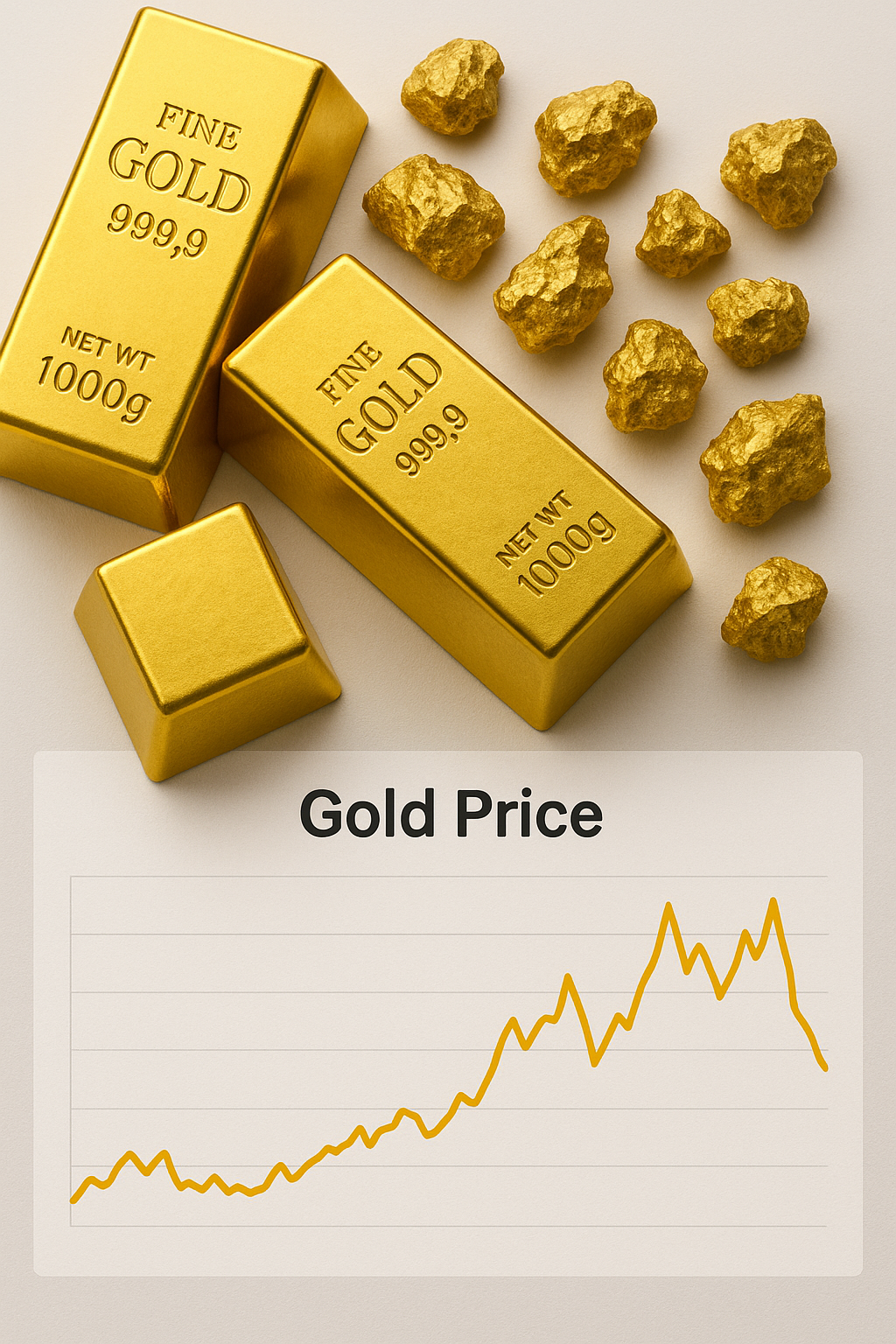Luxury Asset Investment Guide (2025): Beating Inflation with Gold, Watches & Art
In an era of rising inflation and volatile markets, high net worth investors increasingly turn to luxury assets such as gold, collector watches, and fine art as alternative inflation hedges. This 2025 guide synthesizes the latest confirmed data and market reports to help you understand how to allocate, manage risks, and evaluate returns in these niche asset classes.
1. Why Luxury Assets Can Counter Inflation
Traditional financial assets often lose real purchasing power when inflation accelerates. Luxury assets—tangible, scarce, and historically resilient—can preserve or even grow value over time. According to the 2025 Knight Frank Luxury Investment Index (KFLII), although the index dropped 3.3% in its latest cycle, over the past decade it has risen about 72.6%, demonstrating long-term value retention.
Moreover, alternative-asset research (e.g. the Arte-Blue Chip Index) indicates that art allocations can enhance a portfolio’s risk-adjusted returns when comprising up to 20%.
2. Gold: The Time-Tested Inflation Hedge
Market Dynamics & Recent Trends
Gold remains the archetypal inflation hedge. During 2024–2025, gold prices surged sharply, putting pressure on gold-used luxury goods (like gold watches). Many luxury watch brands increased prices because of rising gold costs—some saw gold’s price rise around 40% year-on-year.
How to Invest in Gold
- Physical gold: bars, coins, bullion stored securely (vaults). Liquidity is moderate but works as a base hedge.
- Gold ETFs / funds: easier to trade, lower transaction costs, but less tangible control.
- Jewellery / designer gold pieces: premium built in—only advisable when demand and brand value help preserve resale value.
Risks & Considerations
- Storage, insurance, purity verification, and liquidity costs.
- Short-term volatility; gold may underperform equities during stable inflation periods.
- Premiums and transaction spreads can erode gains.
3. Luxury Watches: Combining Utility & Collectability
Collector watches blend craftsmanship, scarcity, brand prestige, and functionality. In 2025, the luxury watch market is projected to grow by USD 4.71 billion over 2025–2029, at a CAGR of about 2.4%.
Performance Highlights
According to the 2025 KFLII, watches delivered a 1.7% annual return and strong 10-year gains exceeding 125%.
A focused “value watch” basket (30 models) has achieved roughly 150% growth over 12 years, outperforming general indices.
What Makes a Watch “Investment-Grade”?
- Prestigious brands (Rolex, Patek Philippe, Audemars Piguet).
- Limited or discontinued models.
- Good condition, original documents, minimal repairs.
- High liquidity in secondary markets.
Risks & Costs
- Counterfeit risk—verify authenticity and provenance.
- Maintenance and servicing costs.
- Market sentiment can shift rapidly.
- Some niche models lack liquidity.
4. Fine Art: Legacy, Culture & Long-Term Value
Market Shifts & Warnings
The art market cooled in recent years. The KFLII report notes global art sales dropped around 48% from 2022’s peak of US$7.8 billion to about US$4.1 billion in 2024. Large high-value works have seen reduced bidding activity, reflecting tighter capital conditions.
Why People Still Invest in Art
- Cultural prestige and emotional satisfaction.
- Scarcity and uniqueness ensure intrinsic value.
- Diversification benefit—low correlation to stocks or real estate.
Best Practices & Risks
- Focus on blue-chip artists with clear provenance.
- Transact through reputable galleries or auction houses.
- Account for storage, authentication, and insurance costs.
- Recognize long selling cycles—art is illiquid.
5. Strategic Allocation & Portfolio Integration
Experts recommend allocating 5–15% of total assets to luxury investments for inflation protection and diversification. The ideal split depends on risk tolerance and liquidity needs.
Sample Allocation Benchmarks
| Asset Class | Suggested % |
|---|---|
| Gold / precious metals | 3–7% |
| Collector watches | 2–6% |
| Fine art | 2–8% |
Rebalancing & Exit Strategy
- Review markets every 2–5 years.
- Sell overvalued assets and rotate capital.
- Consider tax implications of capital gains.
6. Risks & Due Diligence Checklist
- Verify authenticity and ownership records.
- Document condition and maintenance history.
- Assess liquidity before purchasing.
- Include hidden costs like insurance and taxes.
- Maintain a balanced portfolio including core financial assets.
Conclusion
Luxury assets such as gold, collector watches, and fine art can serve as reliable inflation hedges and wealth preservation tools when selected carefully. Combining disciplined due diligence, diversification, and periodic rebalancing can help investors navigate economic uncertainty effectively in 2025 and beyond.
References & Sources
- Knight Frank, “Luxury Investment Index 2025.”
- Technavio, “Luxury Watch Market Growth Report 2025–2029.”
- Visual Capitalist, “Wealth Report 2025.”
- Arte-Blue Chip Index Study (2025).
